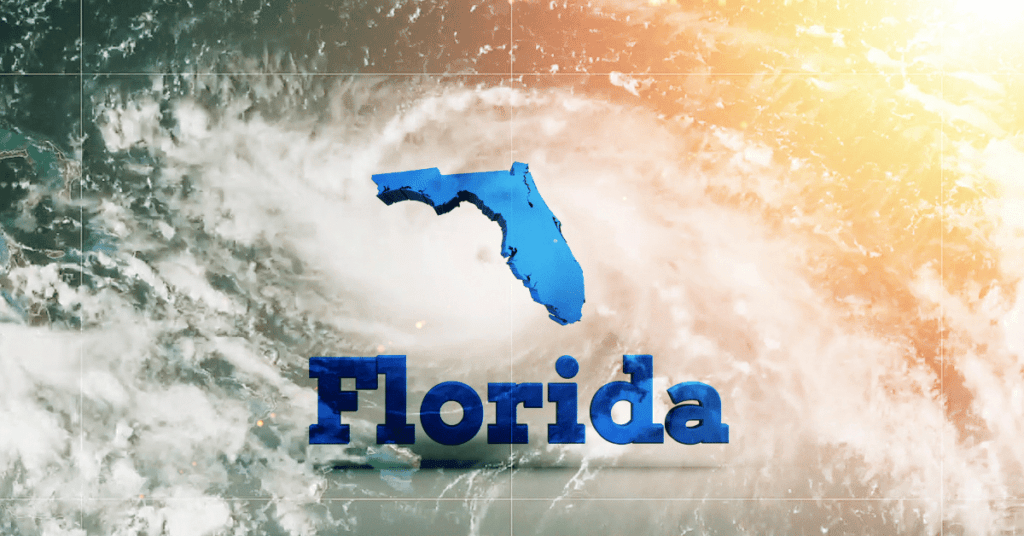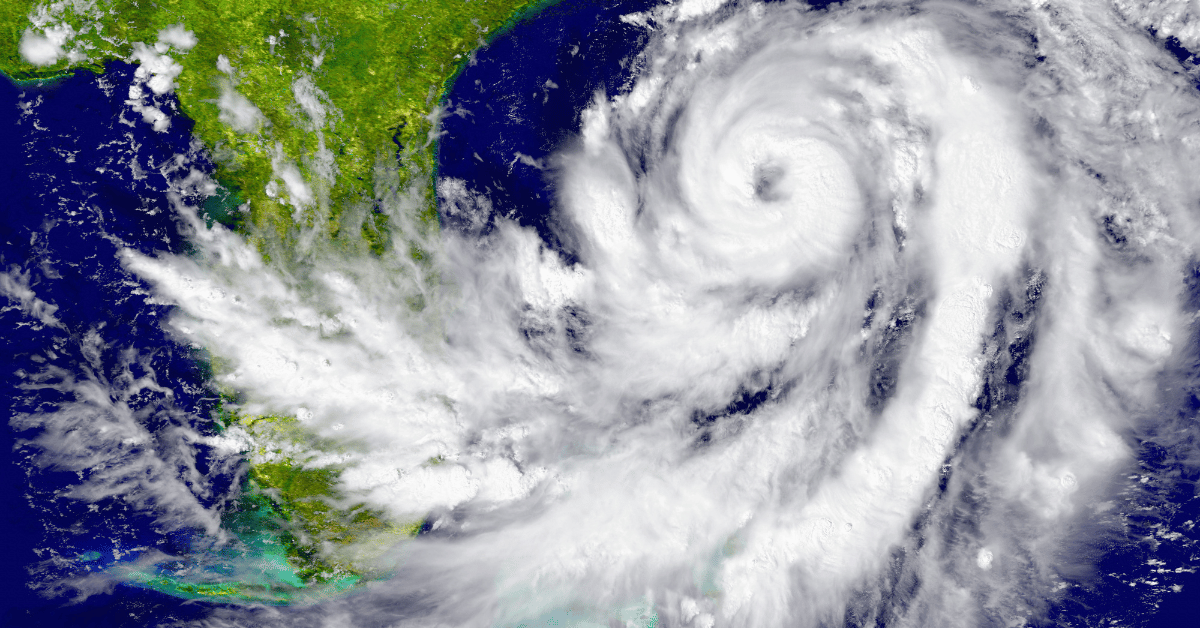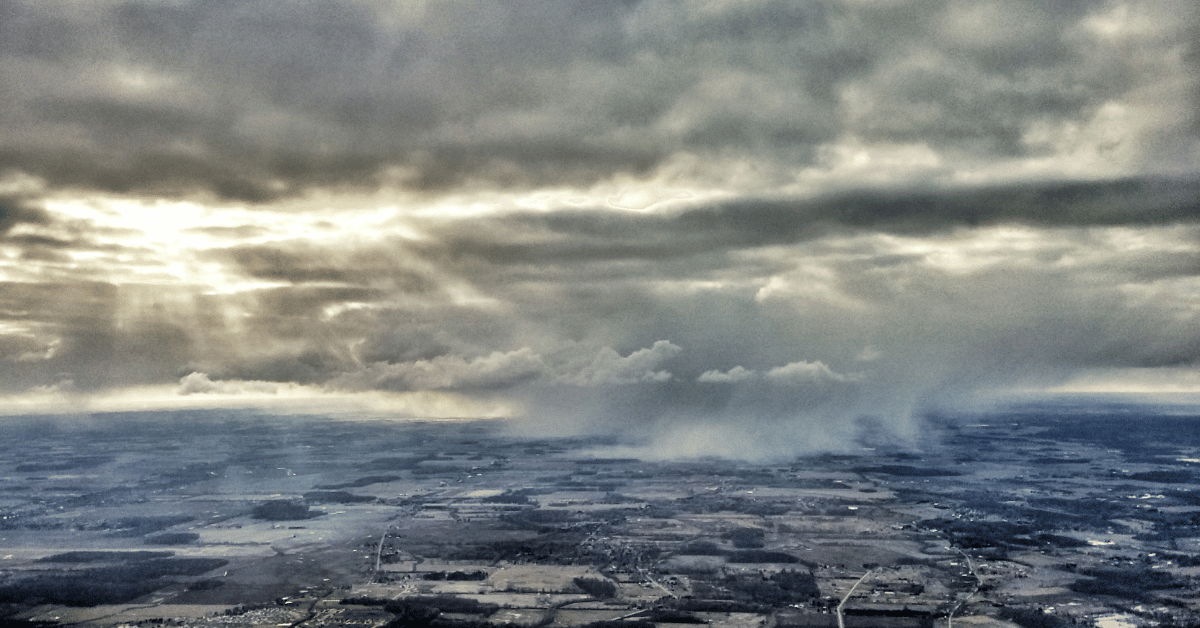In a recent episode that has taken social media by storm, a self-proclaimed “time-traveling psychic” residing on a platform I seldom frequent made a bold proclamation: Florida is destined to face a “Category 6” hurricane this September. This sensational video managed to amass an astonishing 11 billion views, a testament to the inverse relationship between social media popularity and factual accuracy.
Yet, let’s set the record straight. Despite the digital applause from the all-knowing Algorithm, the impending peril looming over Florida is not a “Category 6” hurricane. In truth, such a meteorological phenomenon doesn’t even exist. Nevertheless, as the clock ticks forward, the Sunshine State is bracing itself for a different kind of atmospheric showdown—one involving pervasive rain, coastal inundation, and forceful winds resulting from a tropical system traversing the eastern Gulf of Mexico. This climactic showdown is predicted to occur between Monday and Wednesday.

As of this moment, the disturbance at the heart of this meteorological theatre doesn’t appear to be much to write home about. Presently, our field of concern is an amorphous expanse of cyclonic activity hovering over the northwestern Caribbean Sea. Amidst this backdrop, intermittent pockets of unorganized thunderstorms punctuate the scene. This swirl of motion and the accompanying convective activity are expected to gradually consolidate in proximity to or above the Yucatan Peninsula, with limited movement until Monday.
The week ahead is marked by a potent dip in the jet stream, extending from the Great Lakes to the Deep South. These atmospheric contours will usher in south-to-north steering currents across the Gulf, ultimately guiding the dormant tropical system toward the Florida coastline. This sequence is anticipated to commence on Tuesday, culminating in the storm’s Gulf Coast landfall by Wednesday.
Recent meteorological models exhibit better consensus regarding this broad scenario, a notable improvement from earlier this week. As of now, the likelihood of a named storm emerging in the Gulf by Tuesday is high. Nevertheless, the ultimate strength of the storm and the specific areas in Florida that will be impacted remain uncertain.
At the core of this meteorological puzzle are three pivotal factors. Let’s unravel them step by step.
Factor #1: Center Formation and Tracking
Forecasts are currently marred by uncertainty surrounding the formation location of a consolidated circulation over the weekend. The confluence of rotations and pockets of heightened spin spans Central America, the Caribbean, and the southern Gulf. This complex orchestration is expected to coalesce into a single circulation by Sunday or Monday. The crux lies in determining whether this circulation will materialize over the Yucatan peninsula, the northwest Caribbean, or the farther reaches of the southern Gulf.
The implications are substantial – the storm’s path and potential development heavily hinge on this initial step. Should the formation occur northeastward, the Florida peninsula might bear the brunt. Conversely, a western trajectory may point the storm’s impact toward the Panhandle. Additionally, the presence of warm ocean waters accelerates development, making it crucial that the formation take place over open water rather than swampy terrain. Swift development over water, as opposed to land, significantly heightens the probability of hurricane formation.
Factor #2: Battle with Dry Air
While weather models broadly align on steering currents, discrepancies emerge regarding the extent of dry air influence on the storm’s behavior. The European model foresees a robust system, with pockets of dry air positioned west of the developing circulation. In contrast, the American model (GFS) envisions dry air engulfing much of the disturbance’s path across the Gulf. This could result in a lopsided, less cohesive storm, though recent model iterations place the dry air at a distance from the core. Both scenarios are plausible, contingent on the initial formation location of the circulation. The potential for additional waves of dry continental air to influence the storm’s trajectory adds yet another layer of complexity.
Factor #3: Gulf Water Temperature Dynamics
The Gulf’s elevated temperatures introduce an element of unpredictability. Ranging from 86°F to 90°F along the path from the Yucatan Channel to Big Bend, these waters are warmer than usual by two to five degrees. This thermal energy provides ample fuel for a tropical cyclone, offering a reservoir of potential energy.
While warm waters alone cannot trigger a storm, in combination with other factors like minimal wind shear and sufficient mid-level moisture, they expedite the intensification process. The prospect of up to two and a half days over water temperatures nearing 90 degrees creates favorable conditions for the storm to evolve from a mere tropical depression to a formidable hurricane.
However, rapid strengthening is a tricky area for weather models to predict accurately.
In Preparation for the Unpredictable
The upcoming week will be marked by turbulent weather conditions from Tuesday through Thursday, as Florida braces itself for the impact of this imminent atmospheric drama. As the storm’s outcome remains uncertain, Floridians need to take precautionary measures.
The situation presents a spectrum of possibilities, spanning from a lopsided tropical storm to a hurricane reminiscent of Hermine’s impact. While direct comparisons to Hurricane Ian are unwarranted due to limited exposure to water and dry air lurking, historical storms like 2000’s Hurricane Gordon, which disrupted the Florida Gulf Coast, offer insights into potential outcomes.
Ultimately, while we may wish for time-traveling psychics to illuminate the future, reality dictates that Florida must grapple with a period of uncertainty as this meteorological spectacle unfolds. In this intricate dance of atmospheric forces, an impactful hurricane is indeed within the realm of possibility. The interim period provides an opportunity for Floridians to identify and address gaps in their disaster preparedness kits. As the skies remain under watchful observation, stay tuned for ongoing coverage of this dynamic situation.




